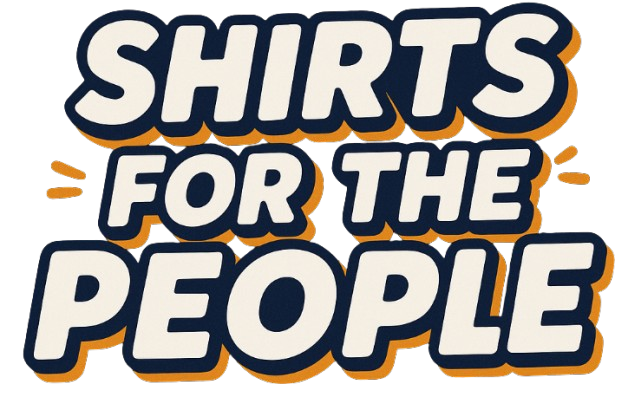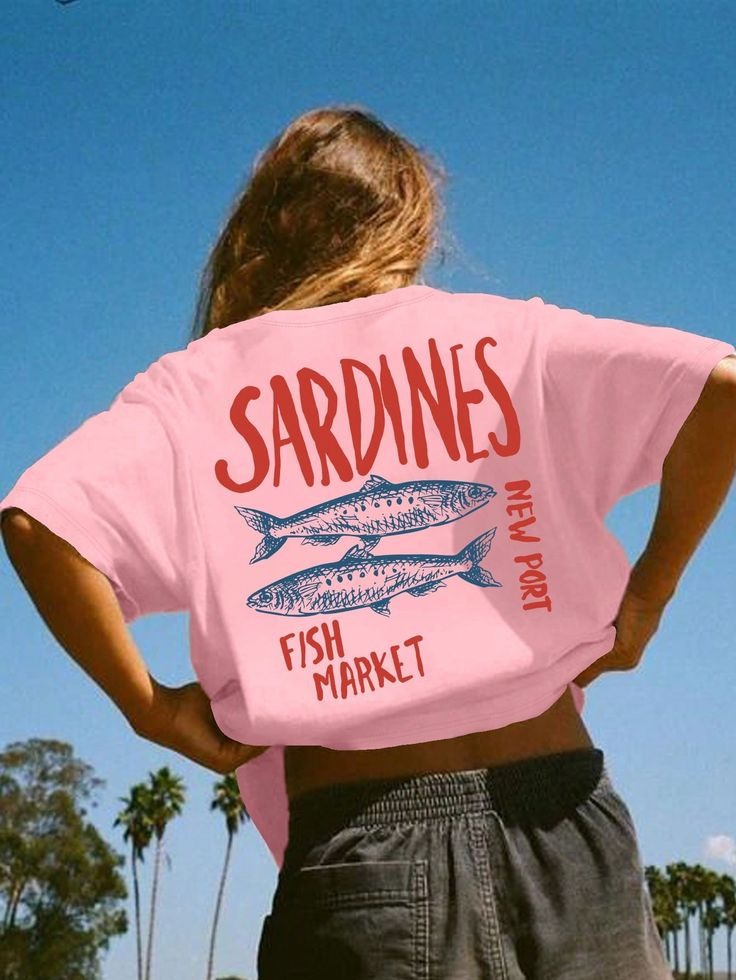No products in the cart.: 0,00$
Fashion and Power: A Cultural Anatomy of Influence, Control, and Identity in Modern Society

Fashion has never been a superficial practice. Though often dismissed as frivolous or purely aesthetic, it has always been deeply entangled with structures of power. From courtly rituals to political revolutions, from capitalist markets to grassroots resistance, fashion has consistently served as a tool of influence and authority. It has acted both as a mechanism for enforcing conformity and as a subversive language for challenging hegemony. In the contemporary world—shaped by globalization, digital networks, and an increasingly visual culture—fashion has evolved into a form of soft power that operates on individual, institutional, and global scales. This essay explores the intricate relationship between fashion and power, examining how clothing and style operate as instruments of control, identity formation, resistance, and symbolic capital in the modern sociopolitical landscape.
Historically, the link between fashion and power was most visible in hierarchical societies where dress codes were explicitly enforced to denote rank and privilege. In medieval and Renaissance Europe, sumptuary laws regulated what people could wear according to their social class. Only nobility could wear silk, fur, or specific colors like purple or gold. The aristocracy’s elaborate garments were not merely decorative but ideological; they reinforced the divine right of kings, the superiority of noble blood, and the immutability of social order. Fashion here was not personal expression but public declaration of allegiance and status. To defy these codes was not only an aesthetic rebellion but a political one, often punishable by law.
These dynamics persisted through early modern history. In colonial contexts, dress became a means of cultural domination. European empires imposed Western modes of dress on colonized populations, framing indigenous clothing as primitive or immoral. This imposition was not just about fabric but about worldview, morality, and control. Christian missionaries, for example, viewed indigenous nudity or traditional garments as threats to “civilized” values, using clothing reform as a tool of conversion. In this way, fashion became a vehicle of imperialism, inscribing hierarchies of race, culture, and religion onto the body.
Yet even within these systems of domination, fashion was also used to resist and reclaim identity. Enslaved Africans in the Americas, though often forced to wear standardized clothing, found ways to retain cultural symbols through hair styles, jewelry, or fabric patterns. In India, the khadi cloth promoted by Mahatma Gandhi became a symbol of anti-colonial resistance, rejecting British textiles and promoting self-sufficiency. These examples demonstrate fashion’s dual nature: while it can be a medium of coercion, it can also serve as a battleground of liberation and agency.
The twentieth century marked a shift in how power was negotiated through fashion, largely due to the rise of mass media, consumer capitalism, and democratic ideals. In liberal democracies, the decline of aristocratic rule and the rise of the middle class transformed fashion into a domain of aspiration rather than inherited privilege. However, this democratization did not abolish the link between fashion and power—it merely restructured it. Brands, advertising agencies, and celebrities emerged as the new arbiters of taste. The runway replaced the royal court as the site where authority was performed and aesthetic values were defined.
In capitalist societies, economic capital became convertible into fashion capital. Wealth enabled access to exclusive labels, designers, and limited-edition pieces that functioned as symbols of distinction. Sociologist Pierre Bourdieu’s concept of “cultural capital” is particularly relevant here: individuals use fashion to signal education, taste, and belonging to a particular social class. Wearing a Chanel jacket or a Rolex watch is not merely about warmth or timekeeping; it is about transmitting social cues of refinement, success, and status. In this context, power is no longer only vertical—granted by kings or gods—but horizontal, negotiated among peers through consumption and style.
The advertising industry amplified this dynamic by turning fashion into fantasy. In glossy magazines, billboards, and television screens, models and celebrities embodied idealized forms of beauty, confidence, and power. These images shaped public desires and insecurities, constructing fashion as a pathway to self-improvement and social mobility. However, they also perpetuated unrealistic standards and exclusionary ideals, reinforcing hierarchies of race, gender, age, and body type. The fashion model became a visual symbol of power—not political or economic power, but aesthetic authority that influenced how others perceive and value a person.
By the late twentieth century, fashion’s power had become entangled with identity politics. The feminist movement, civil rights struggles, LGBTQ+ activism, and postcolonial critique all challenged the dominant narratives promoted by mainstream fashion. Clothing became a medium of protest and visibility. Feminist activists rejected the male gaze by embracing androgynous styles or by reclaiming “feminine” aesthetics on their own terms. The Black is Beautiful movement encouraged pride in Afrocentric hairstyles and African prints, countering Eurocentric beauty norms. Drag culture exploded as a form of gender expression and performance, turning fashion into theater and subversion. Here, power was not inherited or purchased, but enacted through creativity, defiance, and visibility.
The digital age has further expanded fashion’s reach and influence. Social media platforms such as Instagram, TikTok, and YouTube have transformed who holds fashion power and how it is exercised. The rise of influencers—often self-made and not affiliated with traditional fashion institutions—has redistributed authority. An individual with a strong online presence can now shape trends, attract sponsorships, and cultivate loyal audiences. While this democratization has created opportunities for marginalized voices, it has also generated new forms of commodification and surveillance. Personal style is curated for likes and monetized for clicks. Fashion, once an intimate form of self-expression, becomes a content strategy, subject to algorithmic rewards and brand partnerships.
This transformation raises critical questions about authenticity and autonomy. In the attention economy, does fashion still function as a tool of individual power, or has it become a tool of digital capitalism? Are influencers empowering themselves, or are they being co-opted into the very systems they once sought to disrupt? The answer is likely both. On one hand, digital platforms have enabled greater visibility for disabled models, plus-size influencers, queer designers, and people of color. On the other hand, the visual economy tends to flatten difference into aesthetic appeal, often stripping political gestures of their radical edge and converting them into marketable trends.
The global nature of today’s fashion industry further complicates questions of power. Luxury brands manufacture in developing countries while marketing to the global elite. Fast fashion giants extract resources and labor from the Global South to satisfy consumers in the Global North. Cultural motifs are borrowed or stolen with little regard for context, history, or authorship. Fashion is thus implicated in the very inequalities it sometimes claims to critique. The paradox is stark: a T-shirt bearing a feminist slogan may have been produced by underpaid women in unsafe factories. A runway show celebrating diversity may exclude people of color from its boardrooms. These contradictions demand not only awareness but structural change.
In response, a growing movement for ethical and sustainable fashion has emerged. Activists, scholars, and conscious consumers are calling for transparency, fair labor practices, and environmental responsibility. They argue that true fashion power lies not in domination or exclusivity, but in stewardship and accountability. Designers are rethinking supply chains. Brands are experimenting with upcycling, biodegradable materials, and circular economies. Consumers are learning to ask who made their clothes and under what conditions. Fashion is being reframed not just as a form of expression, but as a form of responsibility.
Simultaneously, new technologies are revolutionizing how fashion interacts with power. Artificial intelligence, augmented reality, and virtual reality are reshaping the entire ecosystem—from design and production to marketing and consumption. Digital fashion allows users to “wear” clothes in virtual environments without producing physical waste. Avatars can model customizable outfits in video games, social media, and the metaverse. Algorithms predict trends, automate design, and influence purchase decisions. These innovations offer exciting possibilities but also raise ethical concerns. Who controls the data? Who owns the digital garments? Will technological power exacerbate existing inequalities or democratize creativity?
The future of fashion and power will depend on how these tensions are addressed. Will the industry prioritize profit or people? Will fashion empower the few or the many? Will digital tools serve as instruments of liberation or exploitation? The answers will shape not only what we wear, but how we relate to ourselves and to each other. Power, after all, is relational—it operates through networks, perceptions, and interactions. Fashion, as a visible and performative medium, will continue to play a central role in negotiating these dynamics.
In conclusion, fashion and power are inseparable. From royal robes to digital streetwear, from protest garments to designer couture, fashion operates as a language of authority, resistance, and aspiration. It shapes identities, influences perceptions, and structures societies. Its impact is never merely surface-level. To understand fashion is to understand the deeper currents of culture, ideology, and history that run through it. And to engage with fashion thoughtfully is to recognize one’s place within those currents—not as a passive consumer, but as an active participant in the ongoing drama of human expression and social power.



